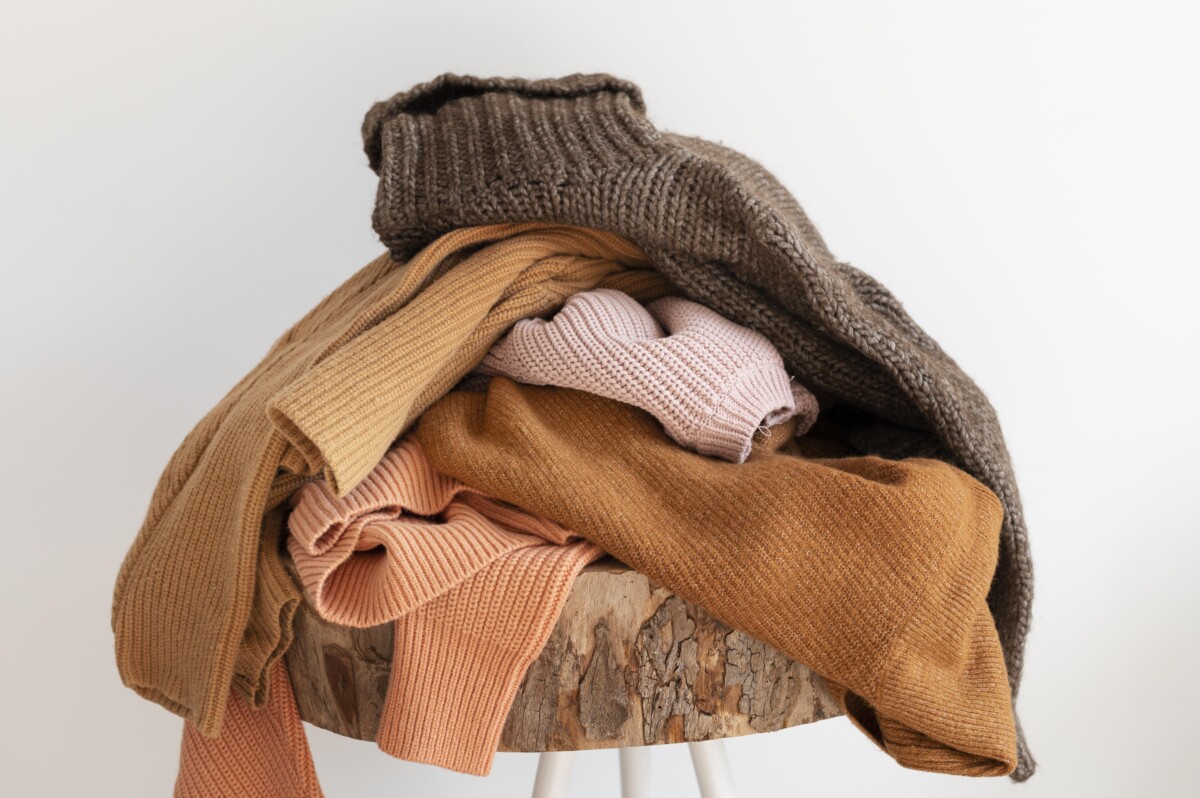Textile finishing is a crucial step in fabric processing that enhances the appearance, performance, and usability of textiles. Whether it’s making fabric softer, more durable, wrinkle-free, or water-resistant, finishing transforms raw fabric into functional, market-ready material. In this article, we break down the major types of textile finishes and how they are classified.
1. What is Textile Finishing?
Textile finishing refers to a range of processes applied to textiles after weaving or knitting to improve their functional and aesthetic properties. Finishing can involve mechanical, chemical, or thermal treatments and plays a vital role in adding value to textile products. Whether for comfort, style, or performance, the right finish can significantly elevate fabric quality.
2. Classification of Textile Finishes
Textile finishes are broadly classified based on three factors: durability, function, and application process.
A. Based on Durability:
Temporary Finishes: Last only through a few washes. Example: starching.
Semi-durable Finishes: Withstand multiple washes but eventually fade. Example: softeners.
Permanent Finishes: Designed to last throughout the product’s life. Example: wrinkle resistance.
B. Based on Function:
Aesthetic Finishes: Focus on enhancing appearance and feel.
Functional Finishes: Improve performance, such as flame resistance or water repellency.
C. Based on Application Process:
Mechanical Finishes: Physical treatments like brushing or embossing.
Chemical Finishes: Involve application of chemical agents to impart properties like water resistance or antimicrobial effects.
3. Aesthetic Finishes
These finishes aim to enhance the visual appeal and surface feel of the fabric. Key aesthetic finishes include:
Calendering: Fabric is passed between heated rollers to create a smooth, glossy surface.
Mercerization: Involves treating cotton with caustic soda to increase luster and dye affinity.
Singeing: Burns off protruding fibers for a cleaner, smoother finish.
Napping: Raises fibers to produce a soft, fuzzy texture.
Shearing: Cuts surface fibers to a uniform height for a polished look.
Embossing: Creates raised patterns on fabric using engraved rollers.
Softening: Enhances the fabric hand feel, often using silicone or fatty acid emulsions.
Glazing: Gives fabric a shiny, polished finish using resin and heat.
4. Functional Finishes
These finishes offer added value by improving fabric performance under specific conditions. Some common functional finishes include:
Wrinkle Resistance: Prevents creasing using resin-based chemicals.
Water Repellency/Waterproofing: Imparts hydrophobicity using fluorochemicals or silicones.
Anti-static Finish: Reduces static cling, especially important for synthetic fabrics.
Anti-microbial Finish: Prevents bacterial growth using silver nanoparticles or quaternary ammonium compounds.
Flame Retardant Finish: Slows ignition and burning, essential for children’s wear and upholstery.
UV Protection: Shields skin from harmful ultraviolet rays.
Stain Resistance: Repels oil- and water-based stains using durable repellents.
Mothproofing: Protects wool from insect damage using specific chemical treatments.
5. Mechanical Finishes
Mechanical finishes use physical processes rather than chemicals. Common examples include:
Brushing: Lifts fibers for a warm, fuzzy surface.
Peaching: Light abrasion gives a peach-skin feel to the fabric.
Sanforizing: Pre-shrinks fabric to reduce shrinkage during washing.
Heat Setting: Stabilizes synthetic fibers for improved dimensional stability.
These finishes are often eco-friendly and add texture or functionality without harmful chemicals.
6. Chemical Finishes
Chemical finishes are applied through padding, spraying, or coating and can impart long-lasting properties. Common examples include:
Resin Finish: Used to achieve wrinkle resistance and shrink control.
Silicone Finish: Adds softness, water repellency, and smoothness.
Enzyme Finish: Bio-polishes the fabric surface, especially for cellulosic fibers.
Anti-pilling Finish: Prevents the formation of tiny fiber balls on the surface.
Coating and Lamination: Adds layers for waterproofing or abrasion resistance.
Though effective, chemical finishes must be monitored for eco-toxicity and skin sensitivity.
7. Eco-Friendly and Sustainable Finishes
With the growing focus on sustainability, many manufacturers are adopting green finishing methods:
Enzymatic Finishing: Uses biodegradable enzymes to modify fabric surfaces.
Plasma Treatment: Alters surface properties without water or chemicals.
Ozone Treatment: An eco-friendly bleach alternative that reduces chemical load.
Natural Oil-Based Finishes: Uses plant-based oils like soybean or castor for softness and water repellency.
These processes reduce the environmental footprint of textile production while meeting consumer demand for eco-conscious products.
8. Finishing Techniques by Fiber Type
Different fibers respond uniquely to finishes. For example:
Cotton benefits from mercerization, wrinkle resistance, and softening.
Polyester often undergoes heat setting, anti-static, and silicone finishing.
Blends require tailored approaches to balance the characteristics of each fiber.
Understanding the fabric’s composition is key to selecting the right finish and achieving the desired performance.
Frequently asked questions
Q1: What are the main types of textile finishes?
Textile finishes are mainly classified into aesthetic finishes, functional finishes, mechanical finishes, and chemical finishes.
Q2: What is an aesthetic finish in textiles?
An aesthetic finish enhances the fabric’s look and feel, such as calendering, softening, or embossing.
Q3: What is a functional finish?
Functional finishes improve fabric performance, like water repellency, flame resistance, or anti-microbial properties.
Q4: What is the difference between chemical and mechanical finishes?
Chemical finishes use chemical agents to alter fabric properties, while mechanical finishes use physical methods like brushing or heat-setting.
Q5: Are textile finishes permanent?
Some finishes are permanent, while others are semi-durable or temporary depending on the chemicals and processes used.
Q6: Why are textile finishes important?
Finishes improve fabric usability, comfort, durability, and aesthetics, making them suitable for specific end-uses.



